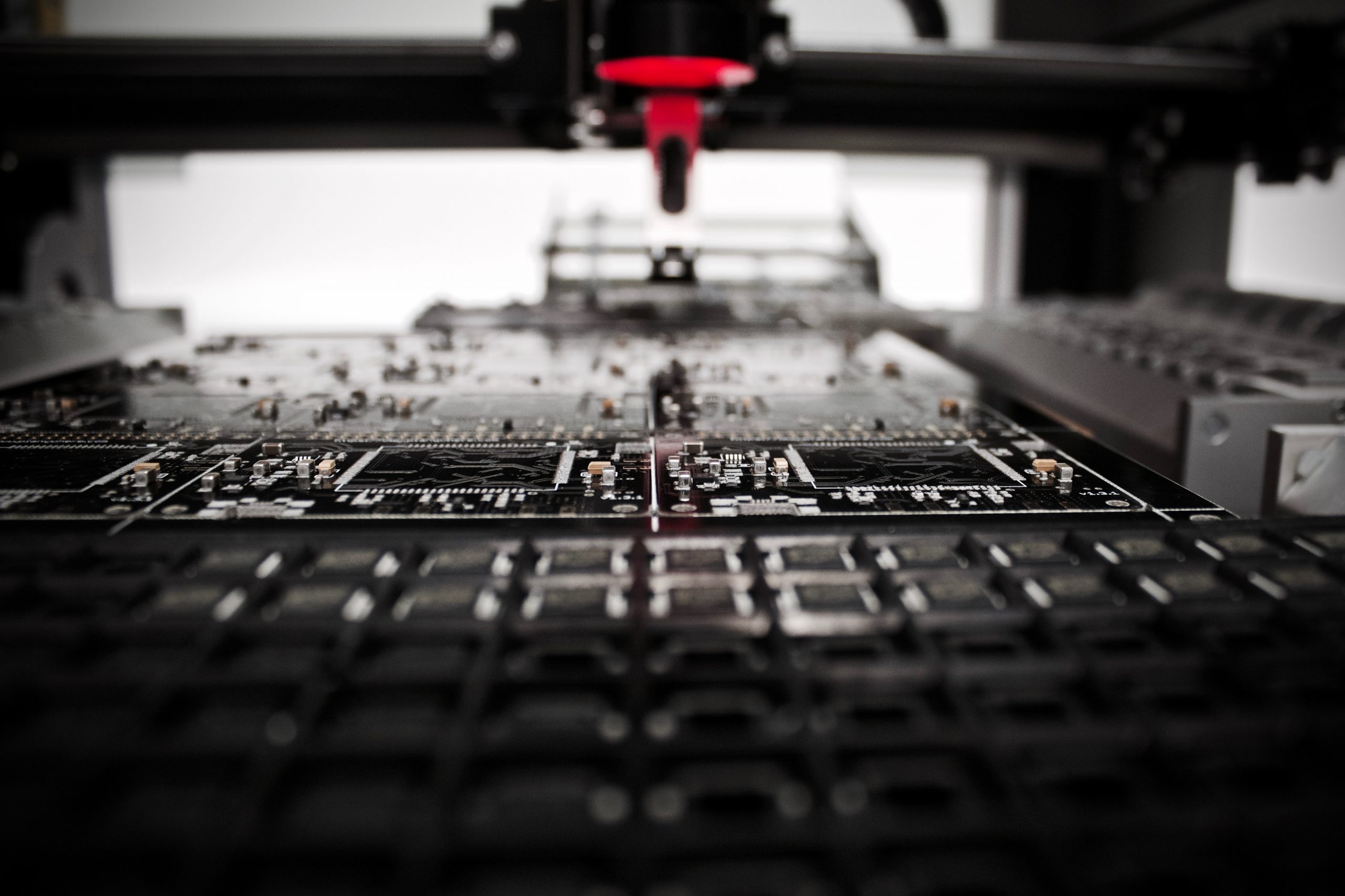The Importance of Building Redundancy in Your Supply Chain
COVID-19 did even more than make millions of people ill. It also upended the way companies, including those that manufactured electronics and surgical face masks, looked at their supply chains. Moving forward, any enterprise that manufactures consumer electronics such as smartphones and computers must fundamentally change the way it obtains its components by building redundancy into their infrastructure.
AMP UP INVENTORY
In recent years, large companies have taken to adopting a just-in-time model of production. In other words, they stock in their inventory only the quantity of components they need for the immediate future. The advantage of this strategy is that a company is nimbler and requires less storage capacity. Furthermore, financial outlay can be kept lean and mean. However, the downside is that when an unanticipated event disrupts the supply chain, the organization is almost immediately in trouble. When China began experiencing the full extent of the coronavirus pandemic, for example, its primary electronic components suppliers closed down in masse. Within a matter of weeks, the entire sector was paralyzed.
Imagine how conditions would have been different had companies already kept a stockpile of the semiconductors, chips, transistors and other components that are so integral to their production. Although things might have slowed down, the effects would not have been nearly as dramatic. Consumers would have gotten the goods they needed much faster than actually was the case.
IMPLEMENT LOW CAPACITY UTILIZATION
When resources are spread thin and a supply chain is stretched to the breaking point, putting low capacity utilization practices into place can be an effective way to increase redundancy. This involves recognizing that a company’s capacity is limited and reducing the use of resources accordingly. If, for instance, the stream of semiconductors a company needs to build its smartphones is running at only half its normal pace, the organization should slow down its production to match. When the time comes to distribute products to end users, business officials may opt to furnish them with a percentage of their total order in light of the current conditions. Of course, complete transparency is vital when putting this strategy into practice. Consumers will be far more likely to respond positively if they understand the underlying conditions prompting the reduction in output.
DIVERSIFY THE SUPPLIER POOL
For companies that work in the specialized and highly technical area of electronics production, diversifying can be quite a challenge. Up until the pandemic focused the world’s attention on the flaws in the system, many procurement specialists saw nothing wrong with getting all of their raw materials and components from one or two vendors often located within just a few miles from each other in China. With cooperation from a consortium of corporations as well as national representatives, this micro focusing may soon expand to involve a wider community of materials providers.
Companies who operate globally are vulnerable. Their supply chains are subject to conditions such as natural disasters, terrorist attacks and pandemics that are beyond their control. Adapting their business models to include more redundancy is one way to minimize the effects of such situations for the short term.

